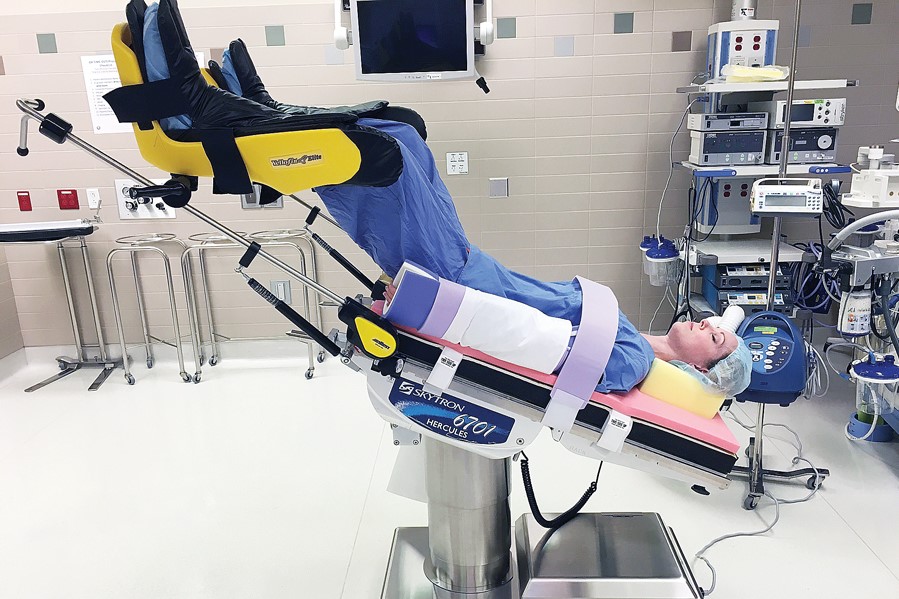
Trendelenburg (anti-shock) position: what it is and when it is recommended
The Trendelenburg position, or anti-shock position, is the position in which the patient is placed in case of shock or when performing special radiological investigations, as well as during gynaecological and abdominal surgery
The subject is supine, lying down so that the head is below the knees and pelvis.
This position is named after the German surgeon Friedrich Trendelenburg, son of the philosopher of the same name.
THE BEST STRETCHERS ON THE MARKET? ARE AT EMERGENCY EXPO: VISIT THE SPENCER BOOTH
What is the purpose of the Trendelenburg position?
The main purpose of the position is to exploit gravity in order to obtain a better perfusion of vital (also called noble) organs such as the encephalon, heart and kidneys; therefore it is useful in all those situations in which blood flow is made difficult, for example in certain traumas, hypotension, fainting, haemorrhagic shock.
For this reason, the Trendelenburg position is also called the anti-shock position.
The Trendelenburg position is also very useful in many branches of medicine:
- Diagnostic imaging
When taking X-rays with contrast medium, placing the patient in this position makes it possible to assess the presence of gastro-oesophageal reflux with a fair degree of sensitivity.
The greatest usefulness in having the patient assume the Trendelenburg position during X-ray examination with contrast medium, however, is in the diagnosis of hiatal hernia.
However, the latest studies show that it is conceptually wrong for this type of investigation, because it is totally anti-physiological.
- Abdominal surgery
Assuming the Trendelenburg position helps in abdominal hernia reduction manoeuvres.
- Gynaecology
Assuming the Trendelenburg position is indicated during childbirth complicated by insufficient dilation of the cervix, breech presentation of the unborn child or prolapse of the funiculus.
Read Also:
Emergency Live Even More…Live: Download The New Free App Of Your Newspaper For IOS And Android
Stretchers In The UK: Which Are The Most Used?
Does The Recovery Position In First Aid Actually Work?
Basket Stretchers. Increasingly Important, Increasingly Indispensable
Nigeria, Which Are The Most Used Stretchers And Why
First Aid: How To Place The Injured Person In A Safe Position In Case Of An Accident?
Self-Loading Stretcher Cinco Mas: When Spencer Decides To Improve Perfection
Ambulance In Asia: What Are The Most Commonly Used Stretchers In Pakistan?
Stretcher: What Are The Most Used Types In Bangladesh?


